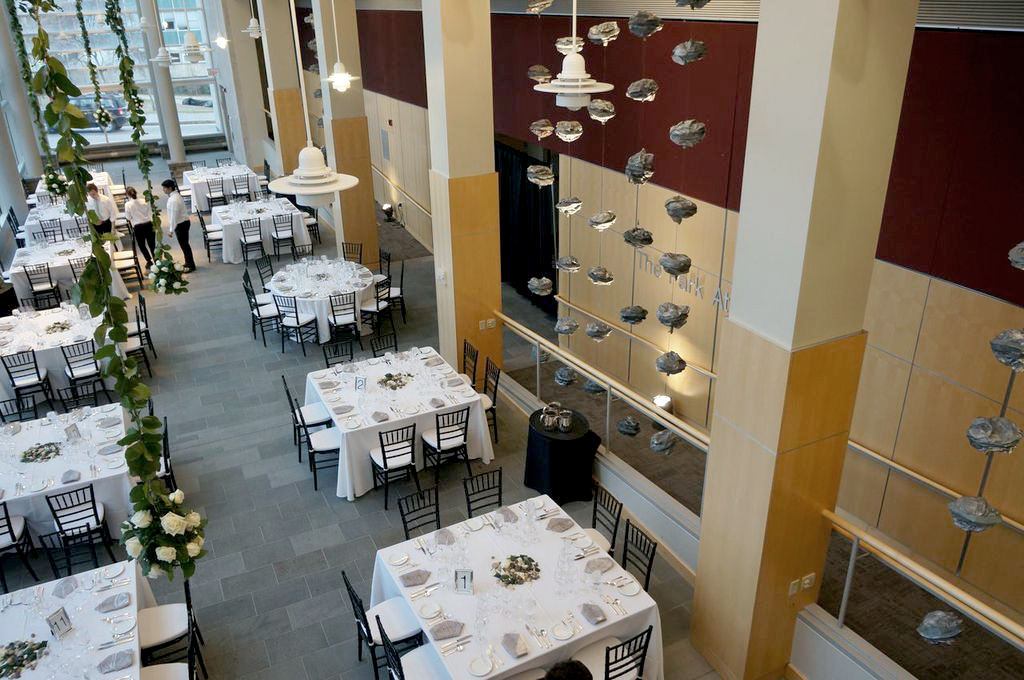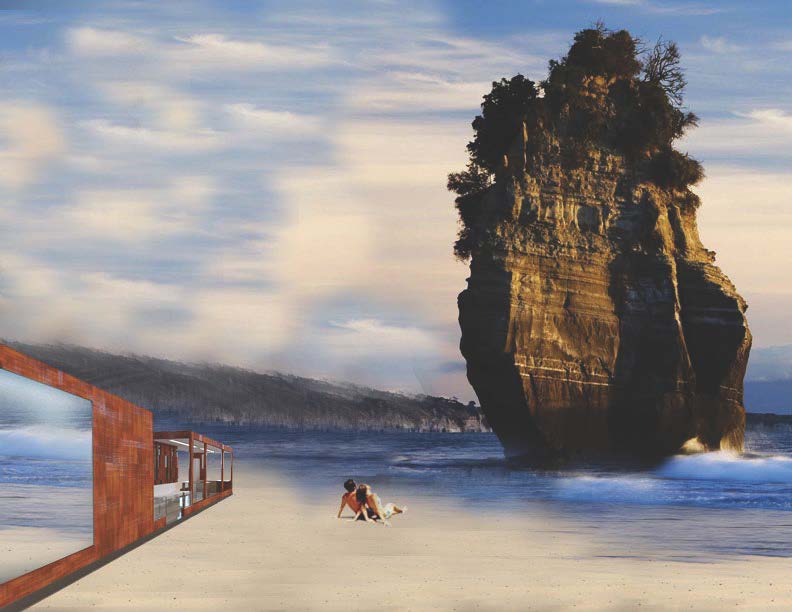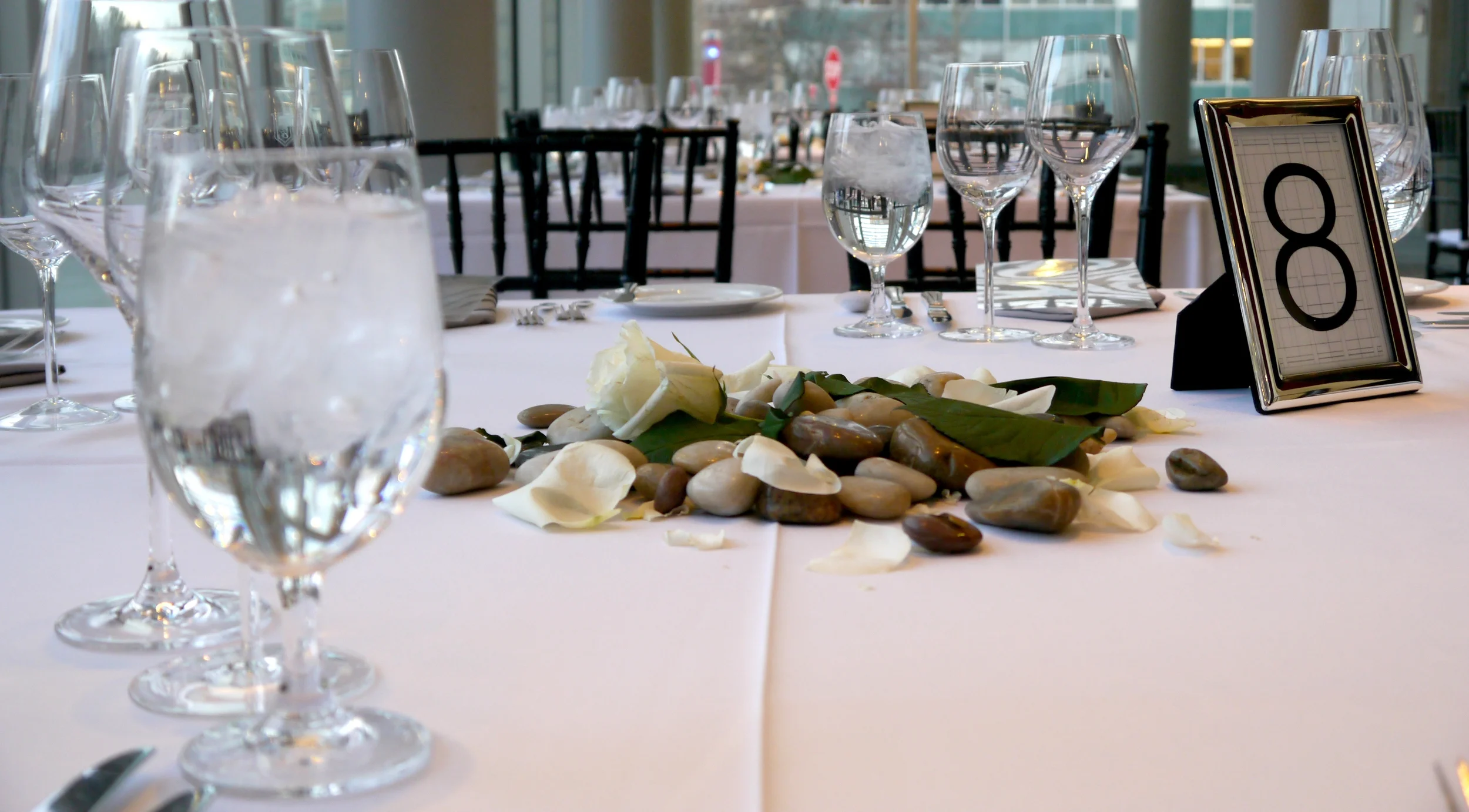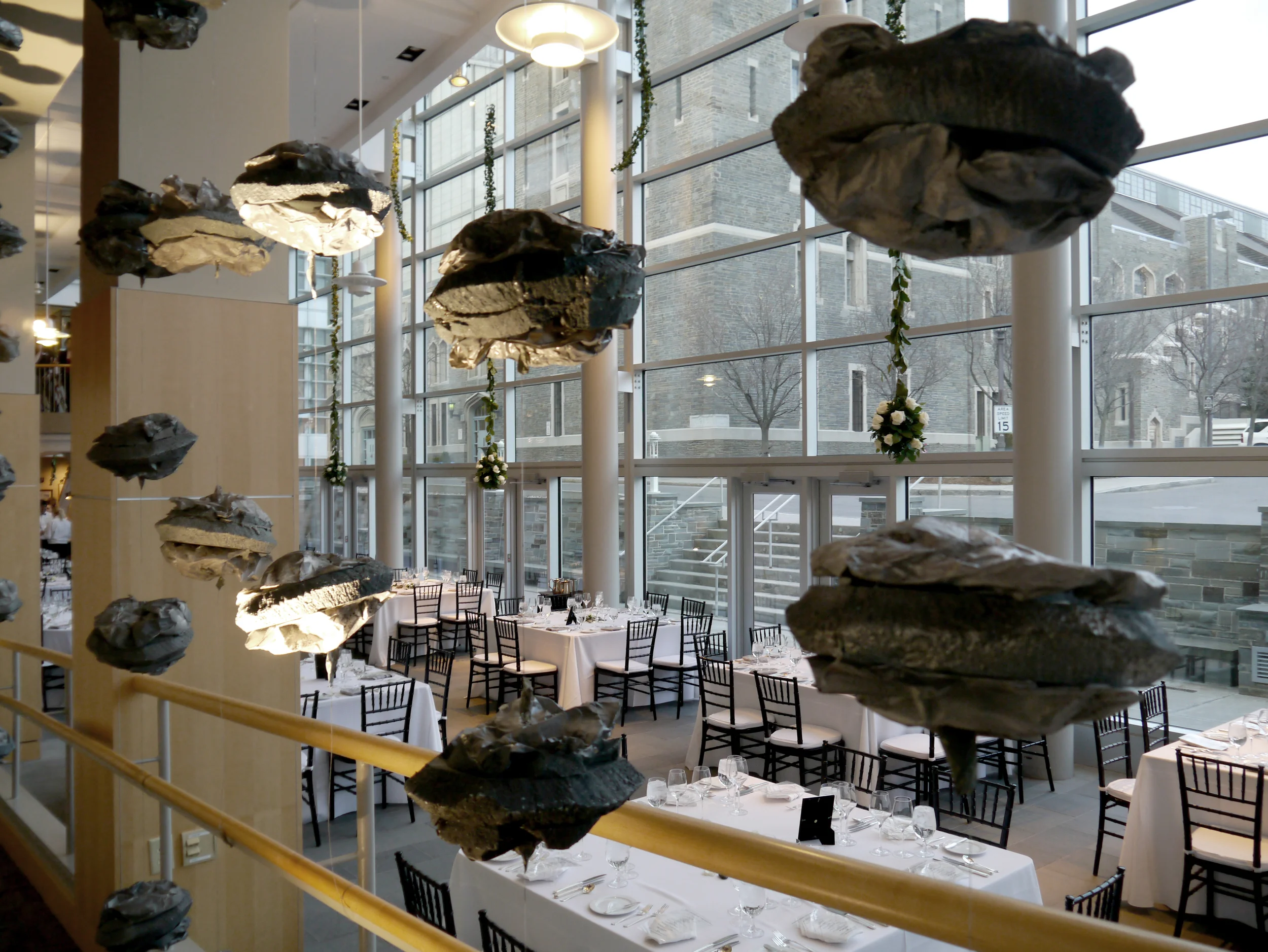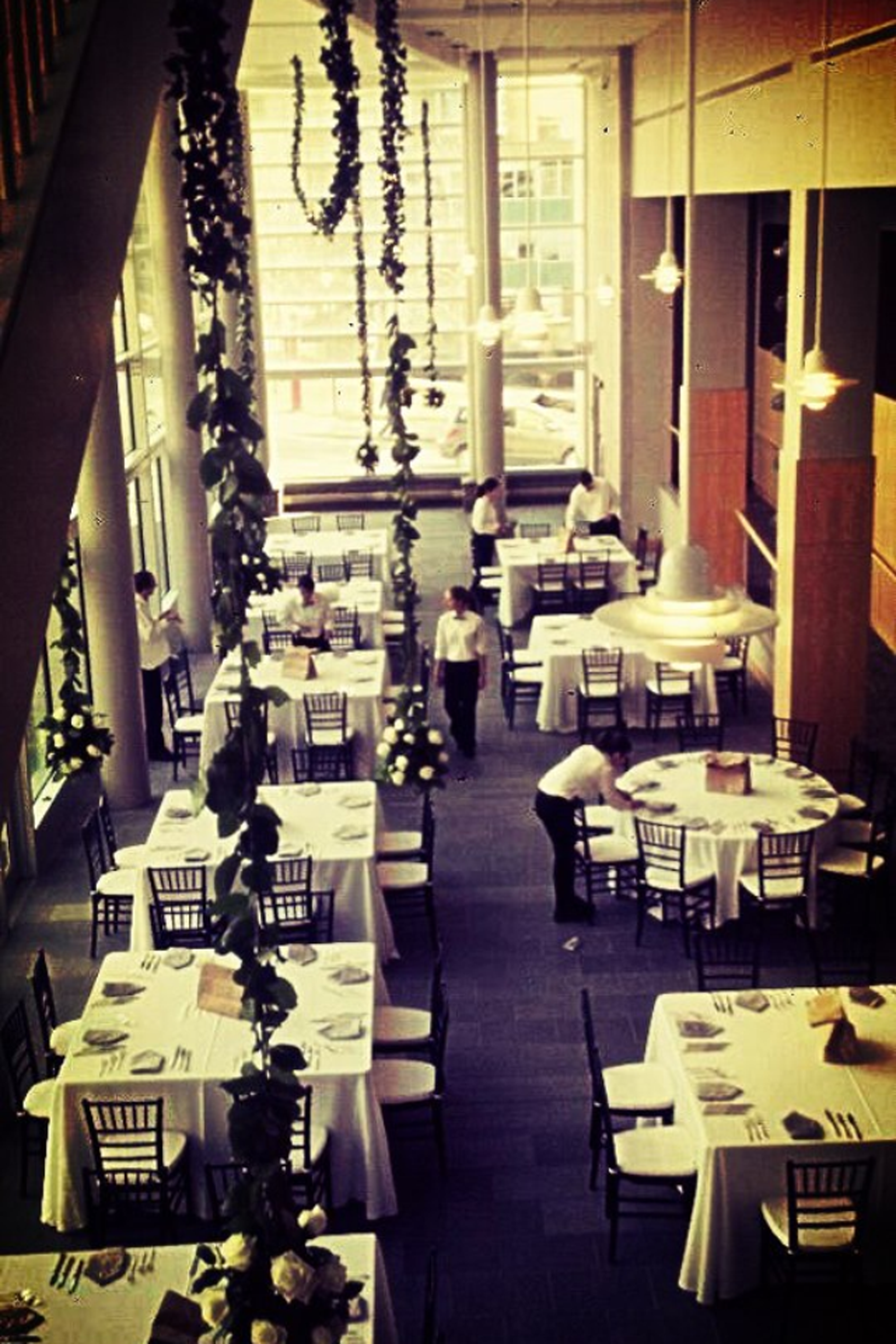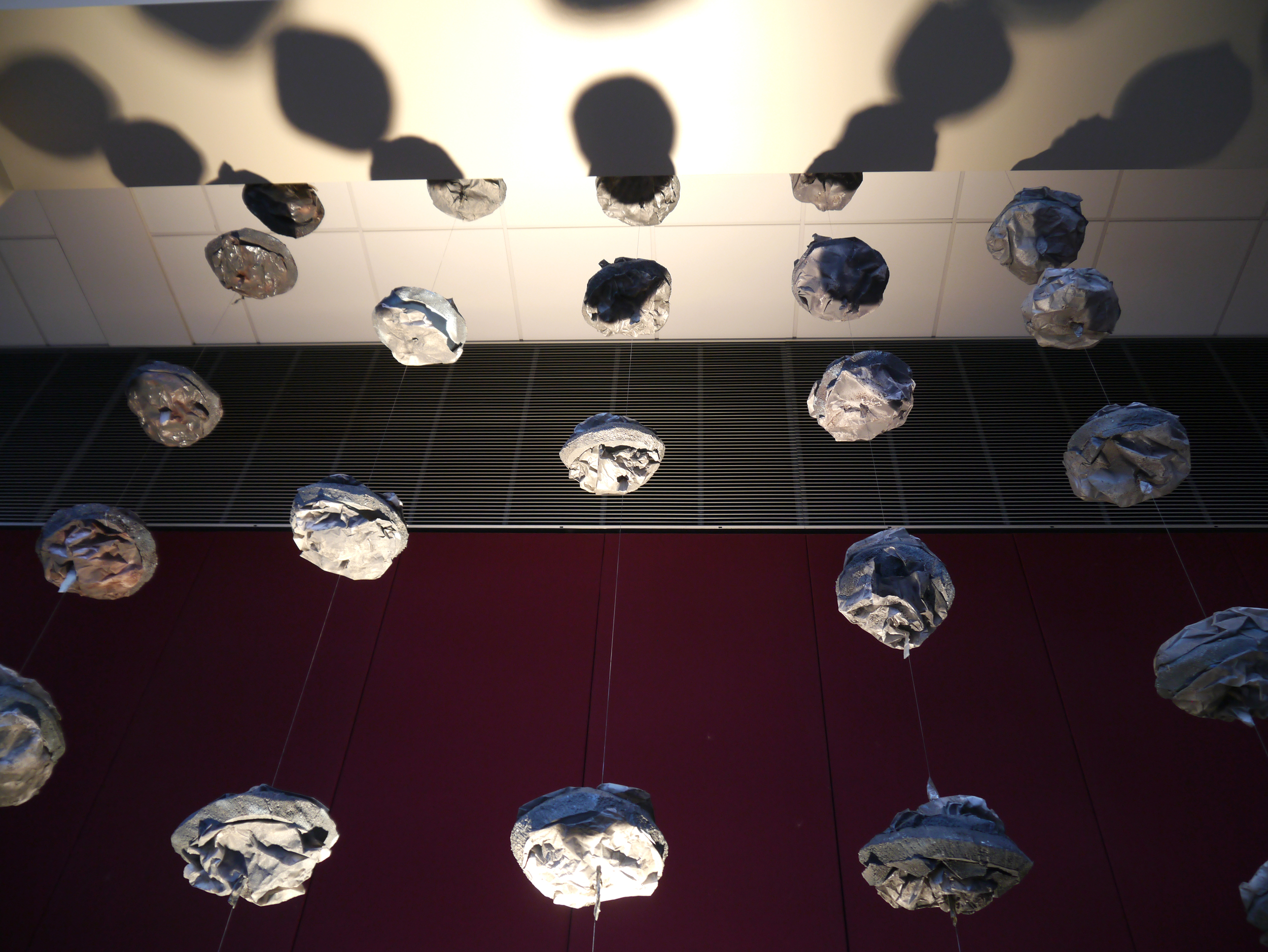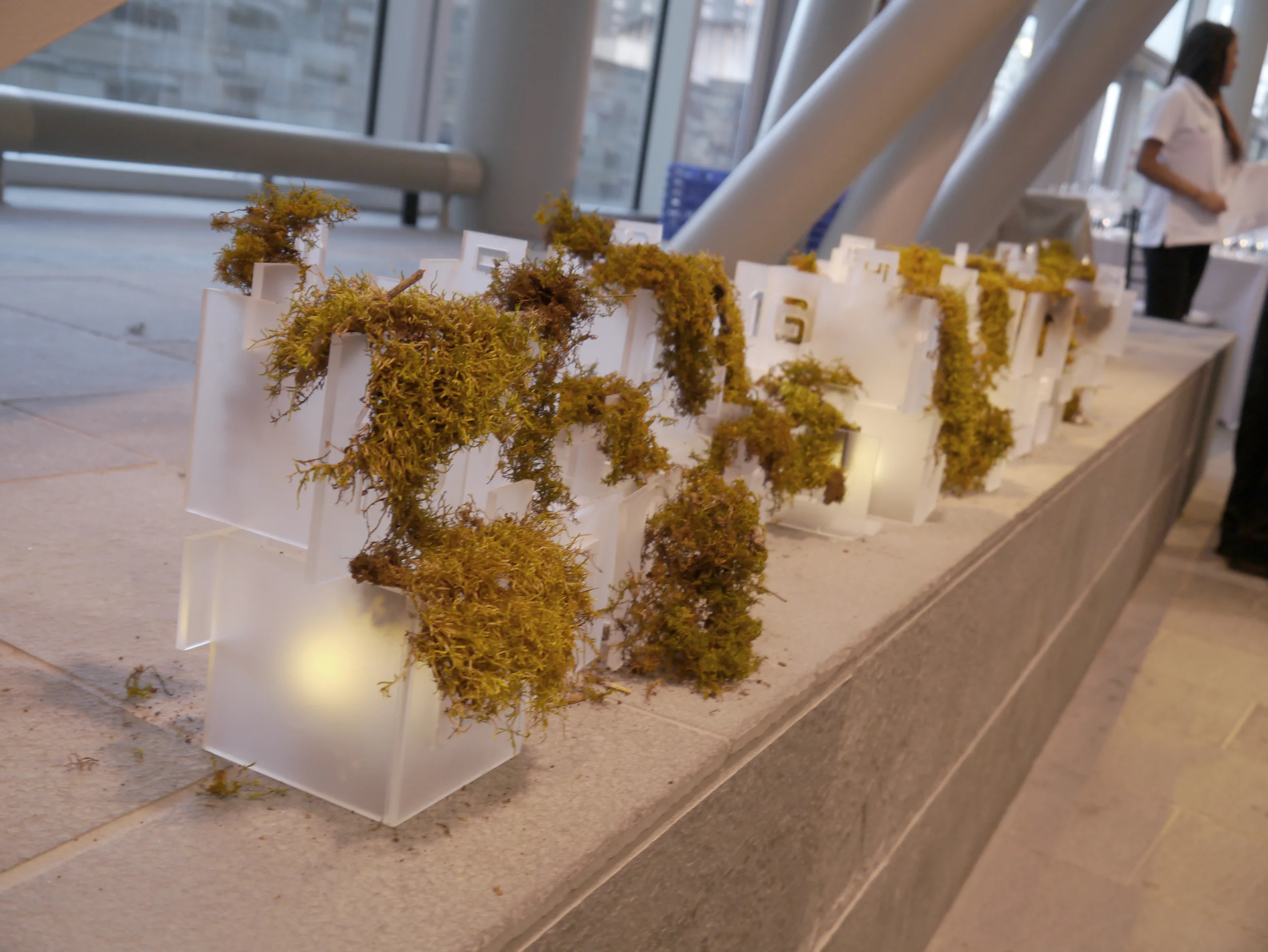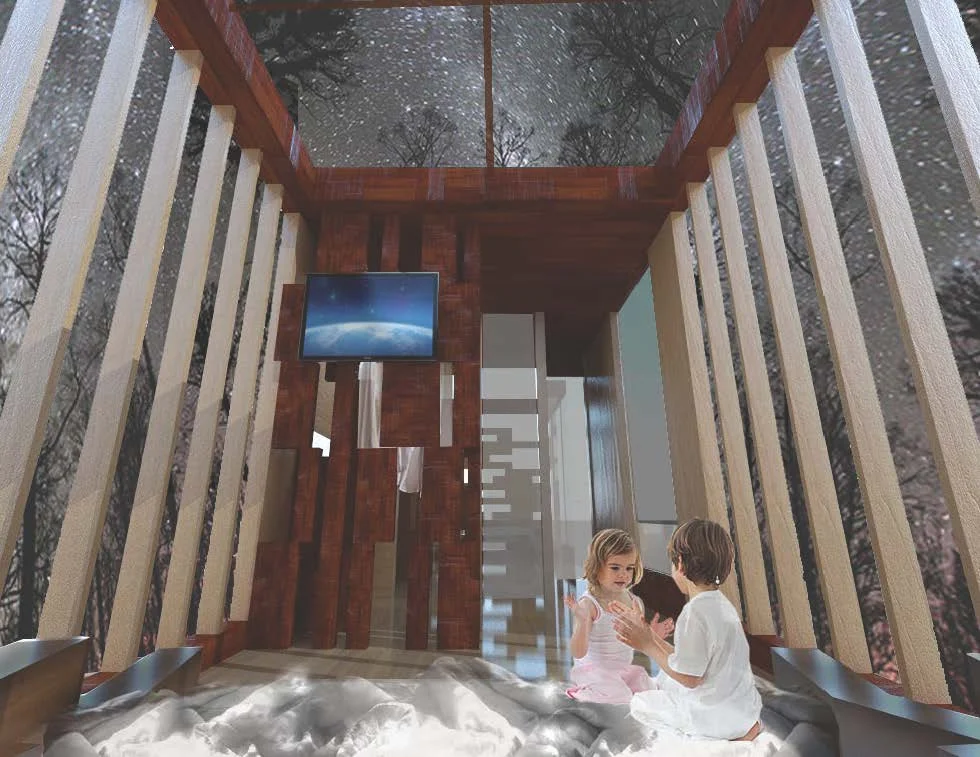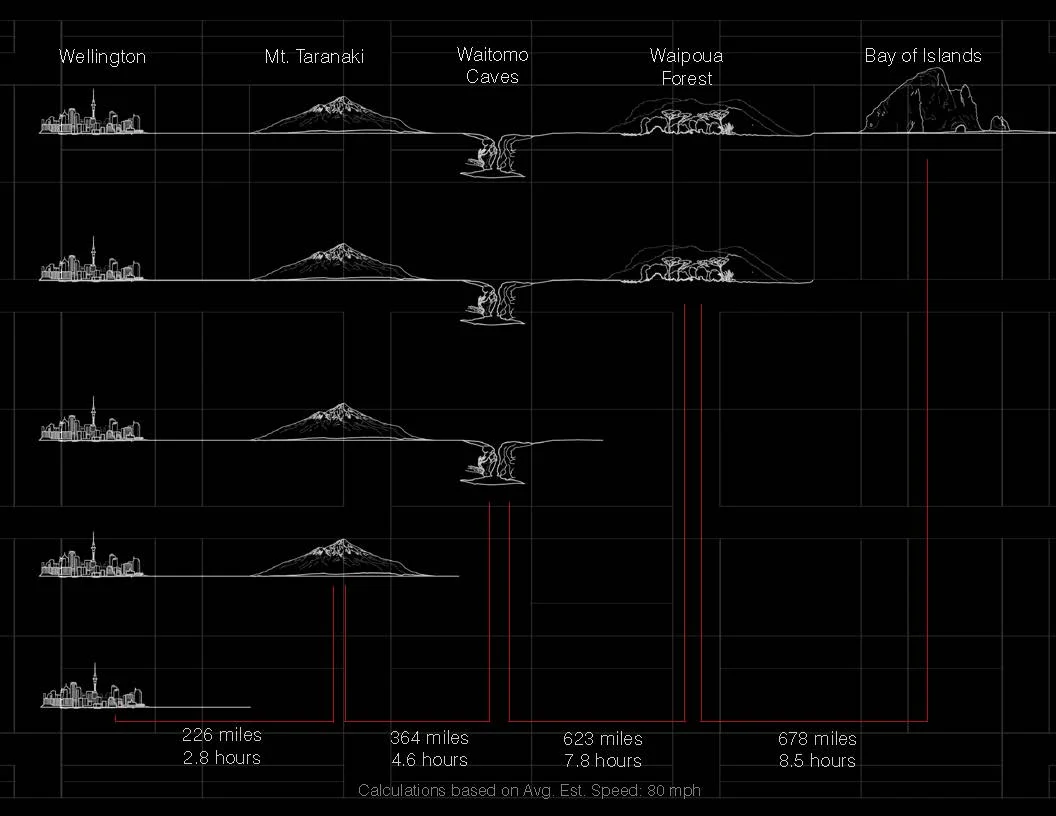Specializing in hospitality has always been a top priority. However, this does not mean constricting to only building hotels. A project can be richer when programs are challenged and we question what a hotel experience truly is and how it can be informed by other building types. Even further, how the hotel experience can enhance other building-type programs.
Hospitality Portfolio
Hotel Ezra Cornell
Statler Hotel, Ithaca, New York
Spring 2013
Collaborators Brianna Yang, Chloe Chan
HEC is a student organization which operates the hotel for a weekend, hosting conferences, dinners, and alumni networking events. This was an opportunity to experiment with reversing the properties of objects that traditionally make a dinning experience. Instead of having floral arrangements on the tables, invert them by having them descend from the ceiling and stop right before reaching the guests.
Apperception
North Island, New Zealand
Collaborator: Chelsey Garman
Spring 2013
CONCEPT
The incessant need of establishing mediums of merging people with landscapes has forced the creation of statement icons such as resorts and immense complexes in sites that should in fact remain true to their topography; precisely what makes them a desirable landscape.
This project is an attempt in transporting the users to and through the natural environment while minimizing the footprint through two means: firstly, by re-using existing tracks of railroad and the addition of sidings, supplemental tracks, and secondly, by making the experience temporal instead of permanent.
Triggered by the train car condition of a wagon, the suite is a movable space that travels on top of tracks. It remains orthogonal as an initial form. Considering the spatial limitations, the functionality and comfort of the space are priority. It would be a light structure as most of the envelope of it would be glass but with a supporting steel frame to allow for wind loads and enough insulation from the different climates.
GUESTS
Apperception is designed to appeal to the adventure travelers. It enables those travelers to explore and experience the land without all of the hassle they currently have to deal with, such as taking luggage with them or spending multiple hours a day traveling to the destination that they wish to explore. They could gain freedom and more time to explore and learn if they choose to travel while they are sleeping, or they can choose to sit in their room and watch the landscape pass by as they relax.
It gives adventure travelers the opportunity to explore no matter what stage they are in life. It is hard for a family with two small children to travel across a new land because of all of the special care that the children need, or for an elderly couple who starts to have health problems or just do not want to deal with the stress of moving to multiple locations in a foreign country. This allows adventure travelers to become more efficient and less stressed.
EXPERIENCE
The guests will experience a time in which they are immersed in the beauty of the nature of a country, and where they are able to explore and roam freely without worrying about how they will get all the way back to their hotel. They will be fully submersed in the country when they explore by day and enjoy the view from their window at night. They will see the beauty that the country has to offer, all while having the opportunity to experience culture and local foods when they explore small towns and large cities. The moods of relaxation, excitement, curiosity, and amazement will be very common throughout the entire trip.
SERVICING
Since the guestrooms will be mobile, there will be port stations scattered throughout the land where the guestrooms are able to be serviced. The ports will be mainly at the destinations so the rooms can be maintenance while the guest is exploring. The ports will fill the room’s water tanks, empty the waste tanks, fuel the engine, and offer the guest different cuisine options including local cultural items.
ENGINEERING & TECHNOLOGY
There are three engineering and technology features that are keys in tying the concept together.
The most important piece of technology that will be used is a central control system. This system will be monitoring and controlling the movement of the rooms. This central hub will be able to see train schedules, and the locations of all of the rooms and any point in time. The controllers will be responsible for telling the computerized guestrooms when to move, what direction to move, and how fast to move. Similar to the job of an air traffic controller in the concept of preventing collisions of the guestrooms, and making sure the tracks are clear before the room moves. Along with controlling the movement of the rooms, the central control system will also be able to monitor the condition of each one of the rooms. The computer controls in the room will continuously send information to these locations. Human monitors would be able to see fuel levels, water levels, and engine conditions.
In order to help the guest, there will be an internal security system in the room that will not allow it to move if everyone is not in the room. There will be an approval system that will need the fingerprint of everyone that is staying in the room right before the room is able to move, however there can be exceptions made if the guests have very small children. With this system in place, the rooms will not leave without the guests if for some reason they are not in the room when they are scheduled to leave.
Another feature that will be included for the comfort of the guest is switchable smart glass. All of the glass used in the exterior will be able to be turned on and off. If the guest wants to see everything around them they can have clear glass, but if they decide they want privacy then can flip a switch and the glass is no longer able to be seen through. By using this technology, the guest has full control of the experience that they want out of their journey.
Hotel of Memory
Roosevelt Island, New York
Thesis Advisors: Werner Goehner, Andrew Lucia
Spring 2015
Our mind is extremely important in spatial memory – any time we enter a new place, our brain interprets our environment and takes physical cues to assemble a mental field map. This map remains archived in the deep recesses of our mind and is retrieved when, if ever, we enter the same space again.
Yet, experiencing architecture is not only about mapping our environment; for our brain, it is more about the relationships amongst the physical objects surrounding us. We remember based on those relationships. It makes perfect sense to test this notion in a hospitality setting, where guests are encouraged to remember their lodging experience for years, often with only a single-night stay.
This thesis challenges architecture to learn from spatial memory and navigatory relationships to design with more careful, corporeal considerations. The hotel operates as a testing field for memory since guests often get a limited time to become familiar with their environments, pressuring design to offer an experience that will remain in the user’s mind long-term. Through the graphic abstraction of architectural informational present in the Queensboro Bridge and Statler Hotel, this embodied hotel design engages guests with the site through experiential, both physical and mental, cues.
Architecture school teaches us how to interpret landscapes, urban contexts, history, and art. Interpreting the brain mechanisms of those who occupy our spaces is just as important in responsible design.
All images rights belong author. By downloading any image without authorization you agree with any financial or legal consequences.

